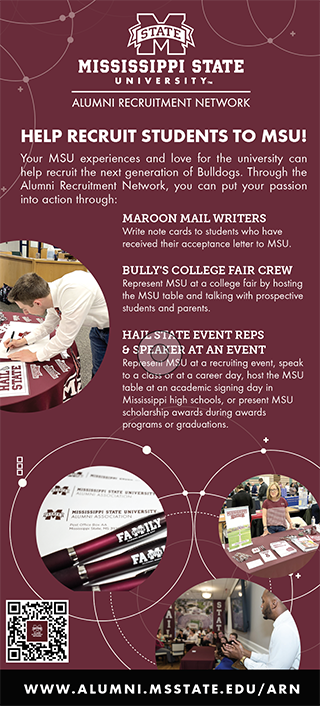Hunter Henry Center’s focus shifts as MSU’s Division of Development and alumni Embrace The MILL AT MSU
After more than two decades in the Hunter Henry Center, the Mississippi State University Division of Development and Alumni is moving to a new location. The organization is relocating from the modern structure it has called home since 2002 to a historic landmark that has served Starkville and the MSU community for more than a century. Following an acquisition that was finalized earlier this year and months of meticulous preparation, the division will move into The Mill at MSU in early 2024.

Looking Back
The Mississippi State Alumni Association and MSU Foundation, which constitute the Division of Development and Alumni, have occupied a number of buildings on campus throughout the years. Although the Alumni Association originated in 1885, it did not have its own facility until 1954 when the university’s first Alumni and Student Building was completed. The building was later named the Williams Alumni House in honor of late alumnus and longtime executive secretary to the association, Bob Williams.
The MSU Foundation, established in 1962, began in two small rooms in Lee Hall, which served as the primary administrative building on campus at the time. In 1966, the Foundation was relocated to the Colvard Union upon completion of that facility, where it remained for nearly two decades. In 1985, the Foundation joined the Alumni Association in the newly named and renovated Butler-Williams Building. The move was made possible through a generous gift from alumnus Eugene Butler, whose investment allowed for the renovation of the former Williams Alumni House and the addition of the adjoining Butler Guest House.
As the new millennium approached, the university experienced momentous growth. The pressure for additional space to accommodate and serve a rapidly growing alumni base and progressive fundraising endeavors was distinct. Seeing the evident opportunity, Hunter Henry Jr. seized it.
Visionary Leader
A native of Canton, Henry graduated from then-Mississippi State College with a Bachelor of Science in chemical engineering in 1950 and joined the Texas Division of Dow Chemical Company the following year. In 1962, he journeyed to the Netherlands, where he served as project manager for the initial engineering and construction of Dow’s Terneuzen complex. Throughout his career, Henry assumed progressive leadership roles within the company that spanned multiple states and countries.
Named to the board of directors of the Dow Chemical Company in 1979, he later assumed responsibility for all non-U.S. operations and global manufacturing for Dow as an executive vice president. Henry retired from the company in 1993 after 42 years of service.
Beyond his career, Henry was a loyal alumnus who devoted his time and support to MSU over the years. He was a charter member of the MSU Chemical Engineering Hall of Fame and longtime servant of both the MSU Foundation’s board of director and Bagley College of Engineering’s advisory board. Henry and his wife Lila, a 1951 graduate of Southern Methodist University, also made significant financial gifts to the university.
The San Marco, Texas, couple invested in areas across campus, with a special focus on scholarship and faculty support—both of which directly impact student success. They established the Henry Endowed Fund for Engineering, an endowed chair position and lecture series in chemical engineering, and multiple scholarship awards, including the Lila and Hunter Henry Presidential Endowed Scholarship, which have collectively benefited nearly 300 MSU students to date.
In 2000, Henry expanded his giving to a significant brick and mortar project that would forever change the physical and figurative landscapes of the university. The $3 million cornerstone commitment he and Lila funded the construction of the Hunter Henry Center—MSU’s first facility built specifically to house the MSU Foundation and Alumni Association.


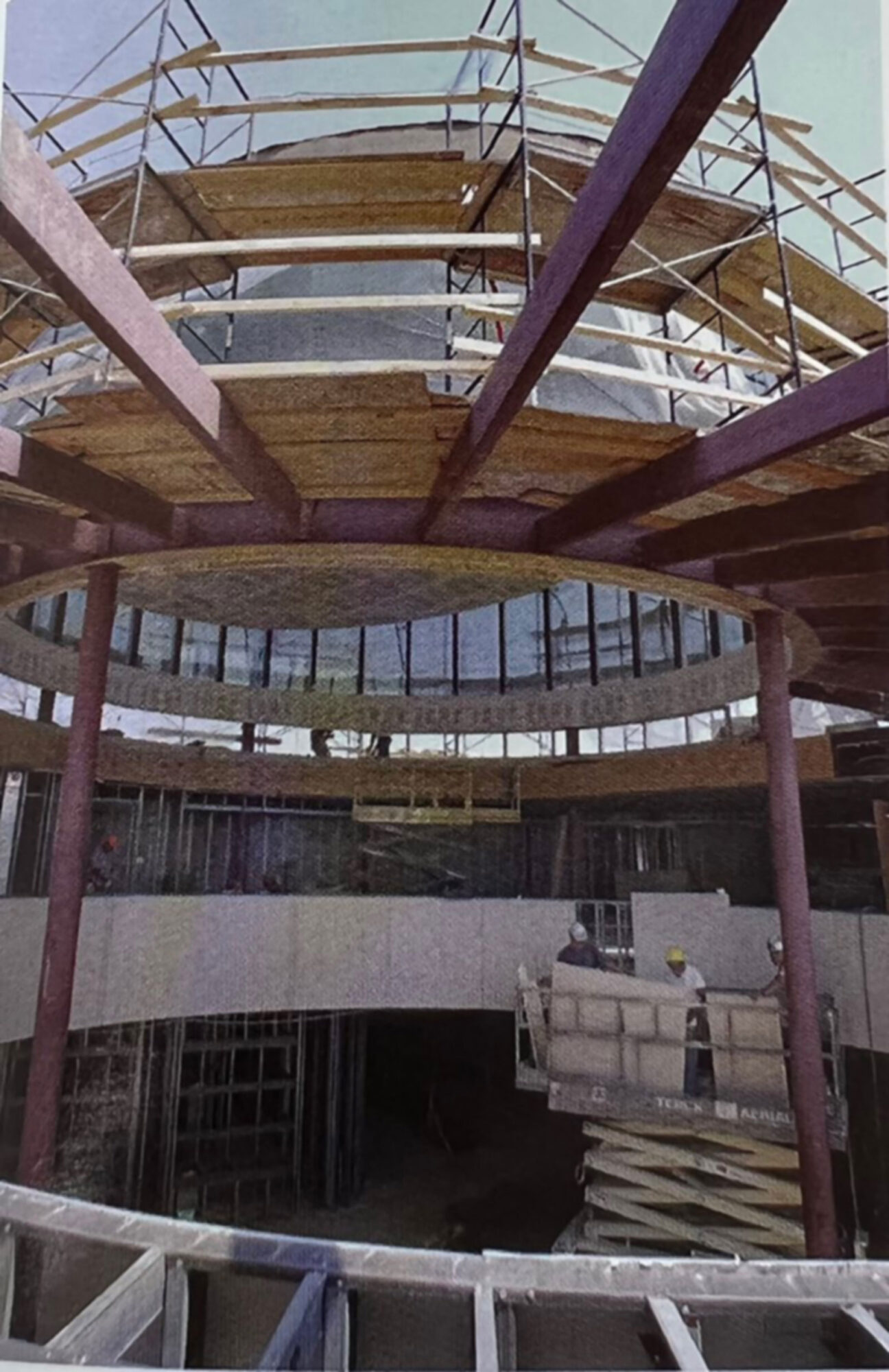
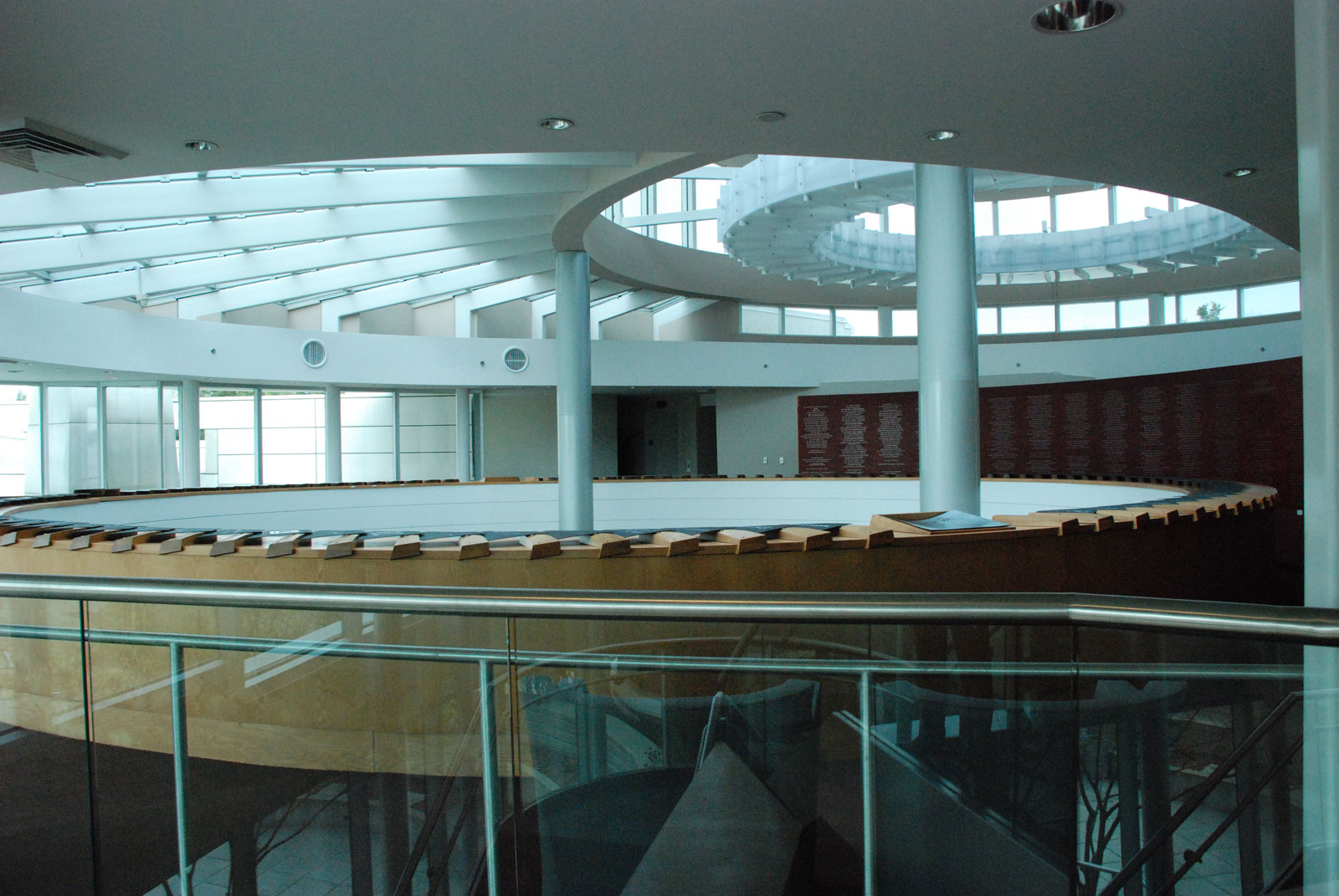

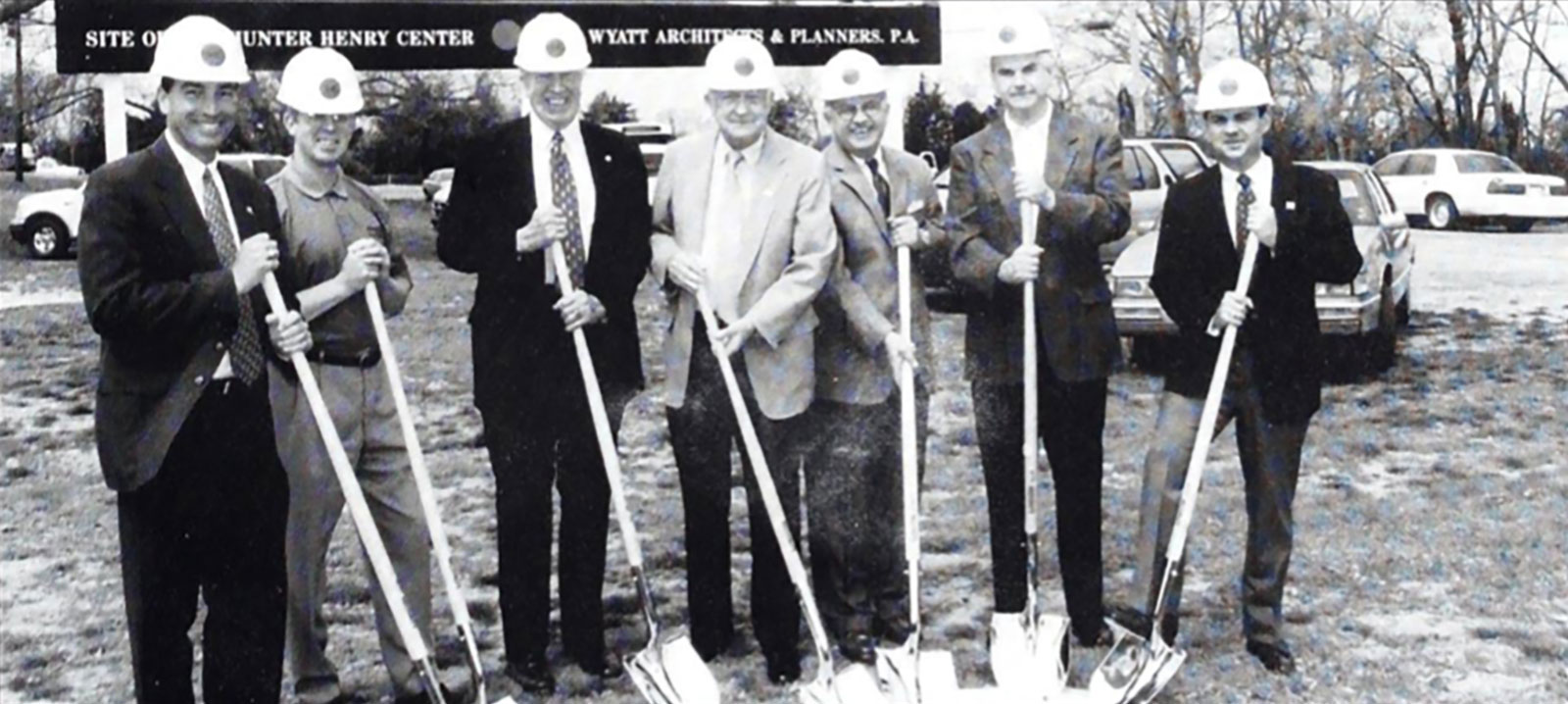
The 41,000-square-foot building, located at the intersection of Hunter Henry Blvd. and Barr Ave., was built completely on the strength of private gifts. It was designed by Foil Wyatt Architects of Jackson and constructed by JESCO Inc. of Fulton. The late Hunter W. Henry Jr. is pictured at right with his late wife Lila.
A Place of Our Own
The sweeping, 41,000-square-foot stainless steel, granite and glass structure opened in 2002. Built entirely on the strength of private gifts, it housed office spaces for the two interlocking units and featured a multipurpose ballroom, meeting rooms and a large donor recognition area. The exterior of the building is easily recognized by the unique modern design and distinctive, towering 80-foot spire.
“The Hunter Henry Center accomplished all we wanted it to,” said Dennis Prescott, former vice president of the division who sought and oversaw the development of the center. “It elevated the profile of the division tremendously and is a true testament to the success that has taken place within its walls over the years.”
Prescott said the ballroom and meeting spaces were an important part of the construction project as they met a variety of existing needs on campus and across the community. As a result, the Hunter Henry Center has hosted a multitude of different types of events since opening its doors to the public. Proudly serving the university and its alumni, the community and private citizens near and far, it has accommodated some 2,500 clients over the years and hosted more than 8,500 events, including community functions, wedding receptions, Alumni Association tailgates, senior send-off celebrations, large workshops and more.
As for the uniquely modern design, which differentiates the building from other structures on campus, Prescott said it was part of Henry’s idea to make the division and the building grab the attention of alumni and potential benefactors.
“Hunter wasn’t a traditional ‘brick and mortar guy’ in a giving sense, but he believed in this project and what we were trying to accomplish,” Prescott said. “He knew this was more than a building—it was a way to feature the valuable work the Foundation and Alumni Association were doing to get and keep alumni and friends engaged through philanthropic involvement at the university.”
When the building opened in 2002, no one imagined the levels of unprecedented success the division would achieve in the two decades that have passed. The previous year, the division served some 90,000 alumni and raised a then-record-breaking $55.7 million for the fiscal year. Those numbers have grown considerably as the Alumni Association now encompasses over 161,000 living graduates and the Foundation has experienced another record-shattering fundraising year with $259.9 million—the largest of any higher education institution in the state’s history.
The rapid expansion has created a need for more staff across the division to better engage the Bulldog community. Having outgrown the existing footprint of the Hunter Henry Center, the division now looks to its new future at The Mill.
Storied Past, Bright Future
Built at the turn of the century and officially opened for production in 1902, Starkville’s historic cotton mill has played an integral role in the success of both the city and Mississippi State University for more than 100 years.
Located just off campus, the facility was indirectly associated with the Textile School at Mississippi State for more than a decade. It operated as a cotton mill until 1962, and later as the university’s physical plant after Mississippi State purchased the building in 1965. It was officially placed on the National Register of Historic Places in 1975.
In 2014, the landmark building began its transformation into a state-of-the-art conference and meeting complex. The $40 million economic development project, completed the following year, breathed new life into The Mill at MSU. It has since hosted numerous conferences, conventions, banquets, local meetings, bazaars and other special events.
Today, The Mill has a new purpose on the horizon. Following the recent purchase of the building by the MSU Foundation, The Mill will soon be home to the university’s Division of Development and Alumni. This will support the division’s ongoing growth and advancement, while strengthening the foothold of the university.
“The Mill has tremendous historical significance to the city of Starkville and to our university,” said John Rush, vice president for development and alumni, and president and CEO of the MSU Foundation. “We are in a unique position to expand that significance, as well as The Mill’s use and visibility on campus, through this new acquisition that will forever link the remarkable building to our university and the Bulldog family.
“As a division, we have been outgrowing the Hunter Henry Center for some time—much sooner than we ever anticipated,” Rush continued. “While we look forward to the future in our new home at The Mill, we are forever indebted to the incredible generosity of Hunter and countless others who helped bring the Hunter Henry Center to fruition. The Hunter Henry Center provided a transformative opportunity for our division to realize its potential, and we’re thrilled to continue that journey.”
Space was, of course, the biggest requirement for the new project, as the association needs a bigger building for not only its staff but also for alumni and Foundation functions. Along with more room for staff and organizational events, The Mill will provide increased meeting and event spaces for university and community use and will enhance opportunities to showcase donor recognition and university achievements to the public.
With nearly 90,000 square feet of space, the division’s new home will be a significant jump in size. The first floor of the building will offer conference rooms, a large ballroom and an outdoor patio area. It will also feature a museum-like gallery that will showcase the division’s history and university achievements, as well as honoring alumni and friends who have generously invested in MSU over the years.
The second story will house offices and meeting rooms for the alumni and development staff, with room to grow in the future. Vice president and executive director’s offices will anchor the space.Renovation is currently underway with an anticipated completion date in spring 2024.
“We are committed to preserving the historic qualities and integrity of the building as we work to achieve a space that is both functional for the needs of our staff and alumni and strategically designed to celebrate Mississippi State’s rich history of philanthropy and engagement,” Rush said. “It will be a special place for Bulldogs to remember and reconnect with their university while fostering an even brighter future for MSU.”
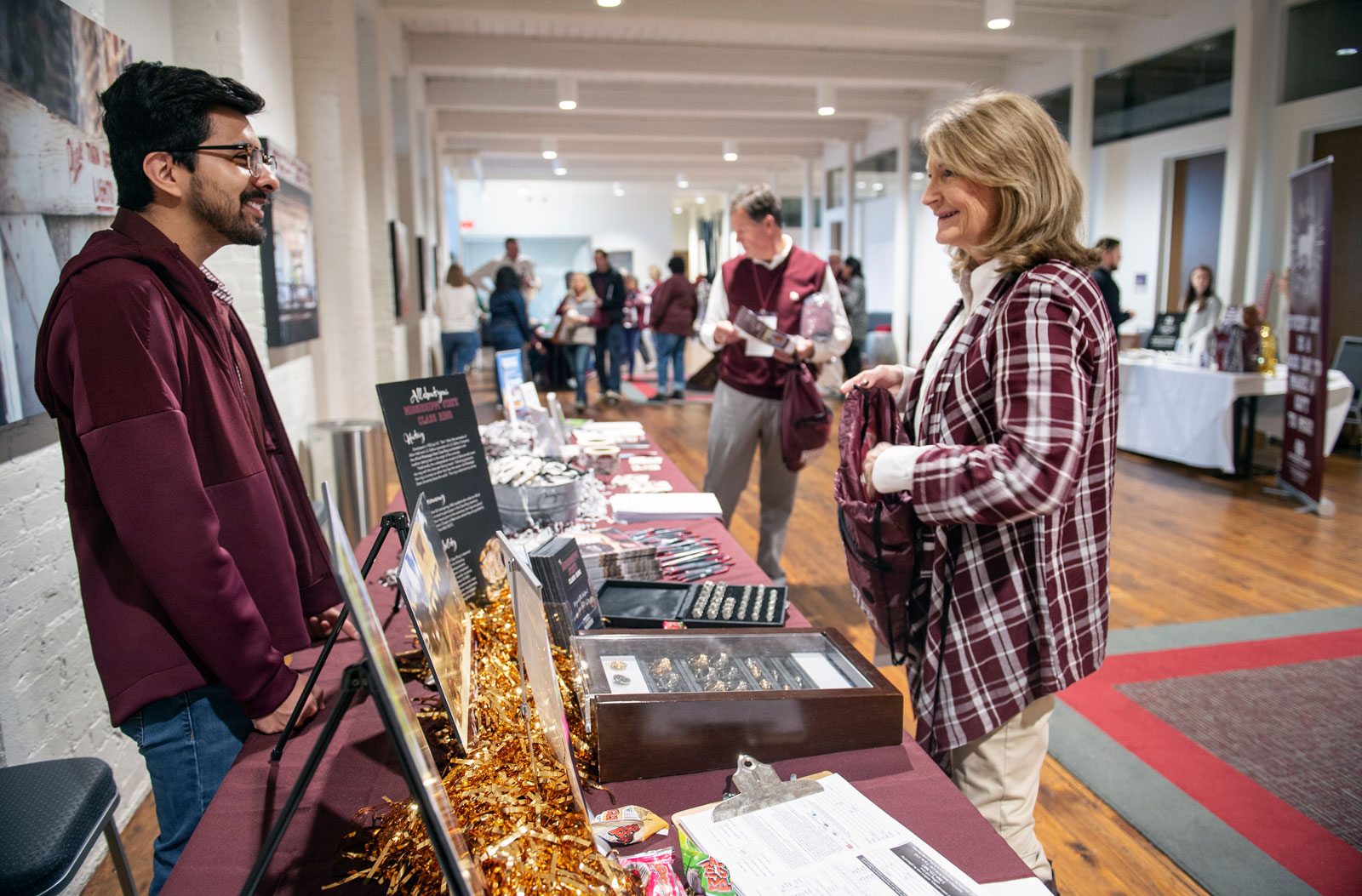
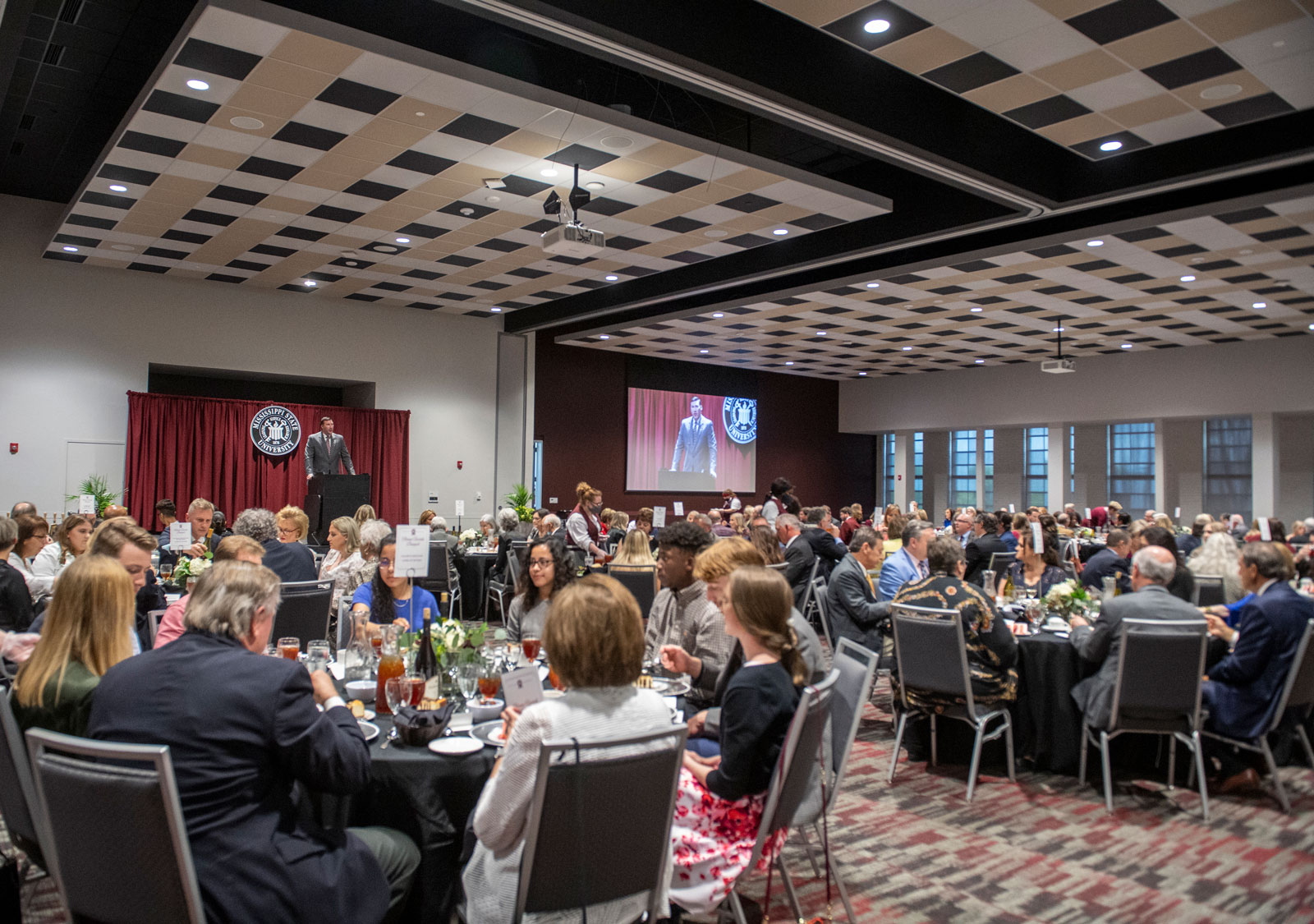
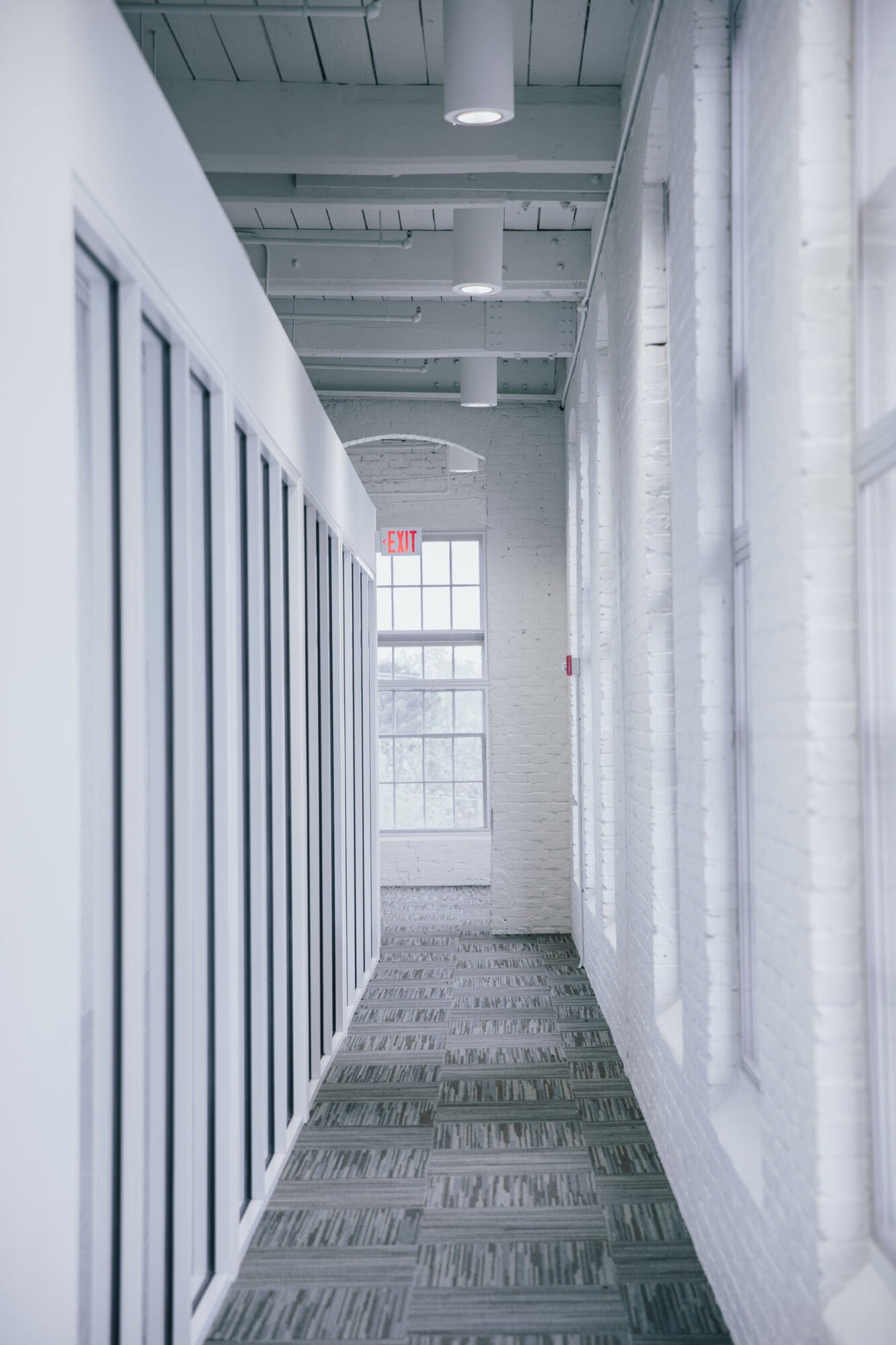

The Mill offers multi-use spaces including a ballroom, conference rooms, and executive boardroom. It is located at the corner of Russell Street and Highway 12 in Starkville and is within walking distance of Mississippi State University and nearby hotels.
Lasting Legacy
The building that houses a university’s alumni and development activities can leave a significant impact on both the institution and the community it serves. It instills a sense of pride and affinity among students, alumni, faculty, staff and the broader community, while serving as a meaningful representation of the institution’s values, mission and achievements. It is a gathering place where meaningful relationships and partnerships are formed. Perhaps most importantly, it is a testament to the university’s contributions and the people who have shaped its legacy.
The legacy of the Hunter Henry Center is now an integral part of MSU’s story. It is a tribute to where the university has been and where it is going and will continue to serve in a meaningful way as part of MSU’s College of Architecture, Art and Design. The modern structure will now serve as a unique classroom space to foster learning among the college’s architecture students—further serving to inspire student success and a fitting tribute to Lila who had a lifelong love of art and design.
“The Hunter Henry Center—and those who contributed to its establishment—will always be an important part of our history,” Rush said. “We will miss the place we have called home for the past two decades but look forward to seeing how the Hunter Henry Center will benefit the university and College of Architecture, Art and Design in a new way.”
As the Division of Development and Alumni begins a new chapter at The Mill, the impact of Henry’s powerful investments will live on through the ongoing efforts of the division. His legacy touched every part of the university and will undoubtedly shine with each new milestone achieved.
The purchase and renovation of The Mill is being funded through a combination of the MSU Foundation’s existing capital reserves and private gifts. No state funding will be used for this project. Naming opportunities exist for alumni and friends who wish to contribute to the project and leave a lasting mark at the university. Each named area will be accompanied by appropriate signage, and commitments are payable over a five-year period. For more information, contact John Rush at 662.325.1108 or john.rush@msstate.edu.







